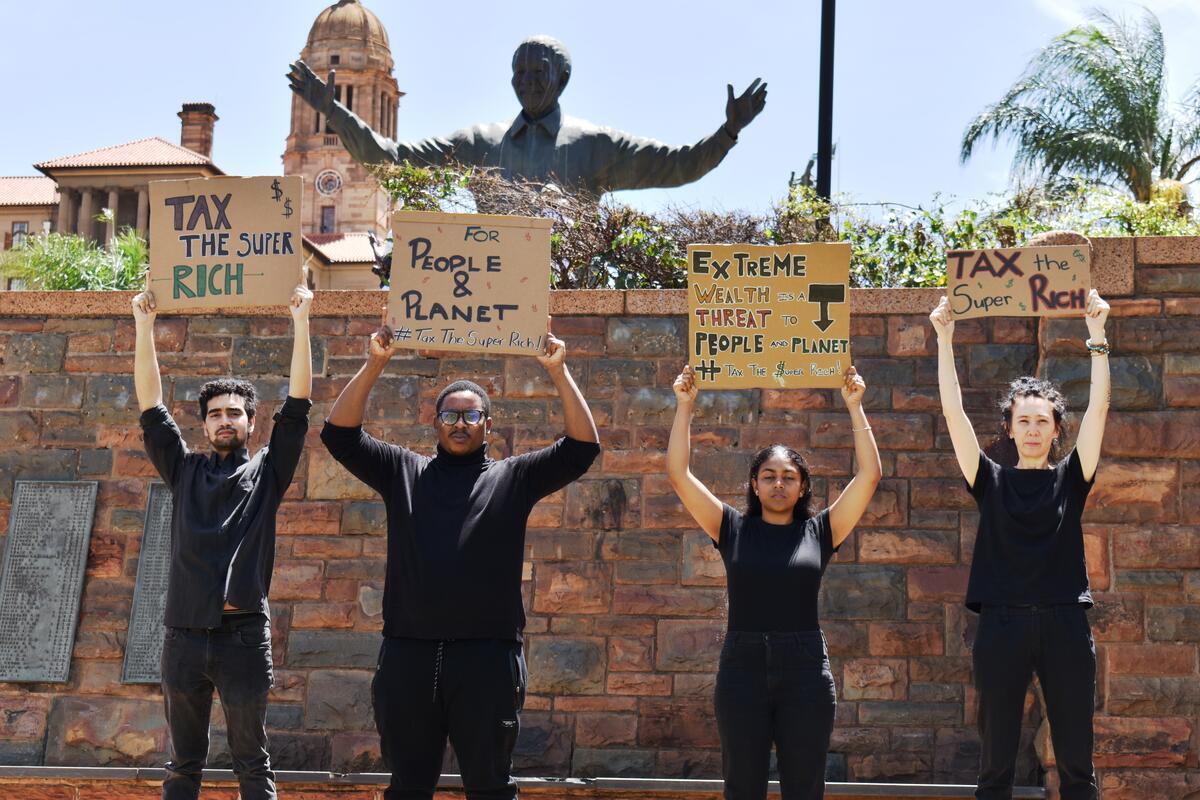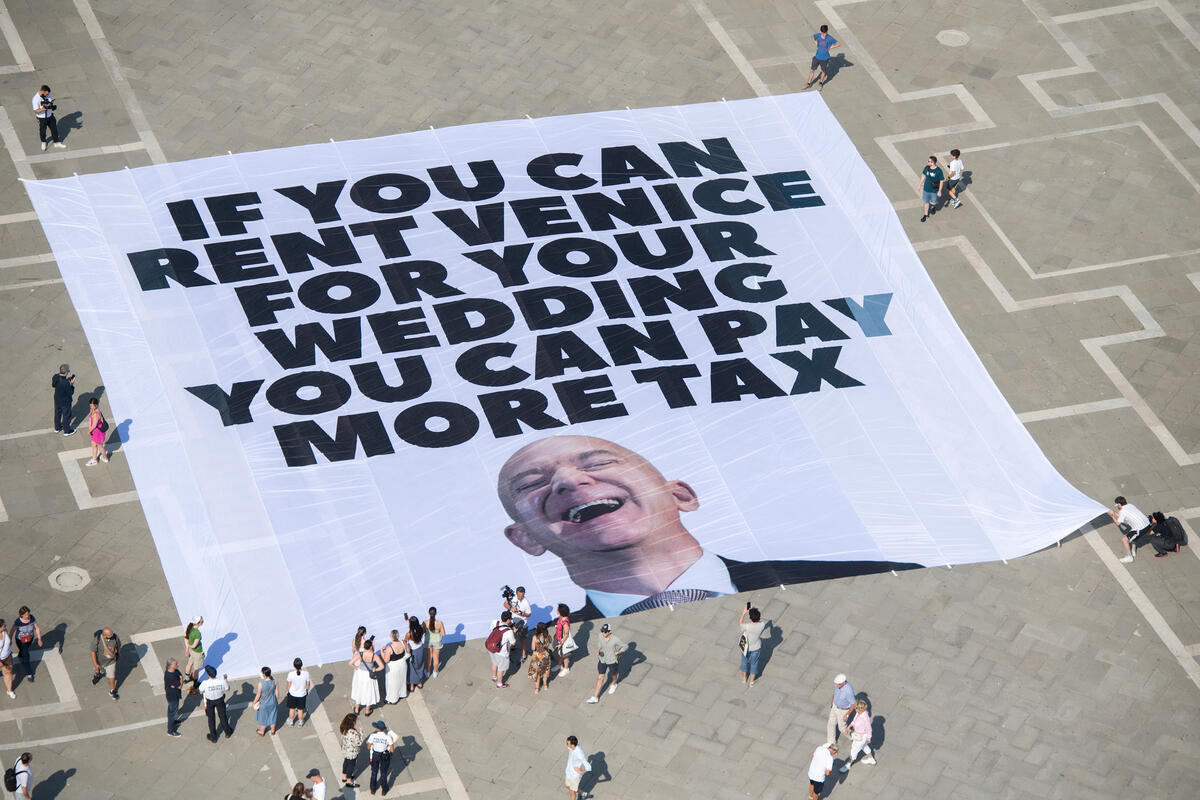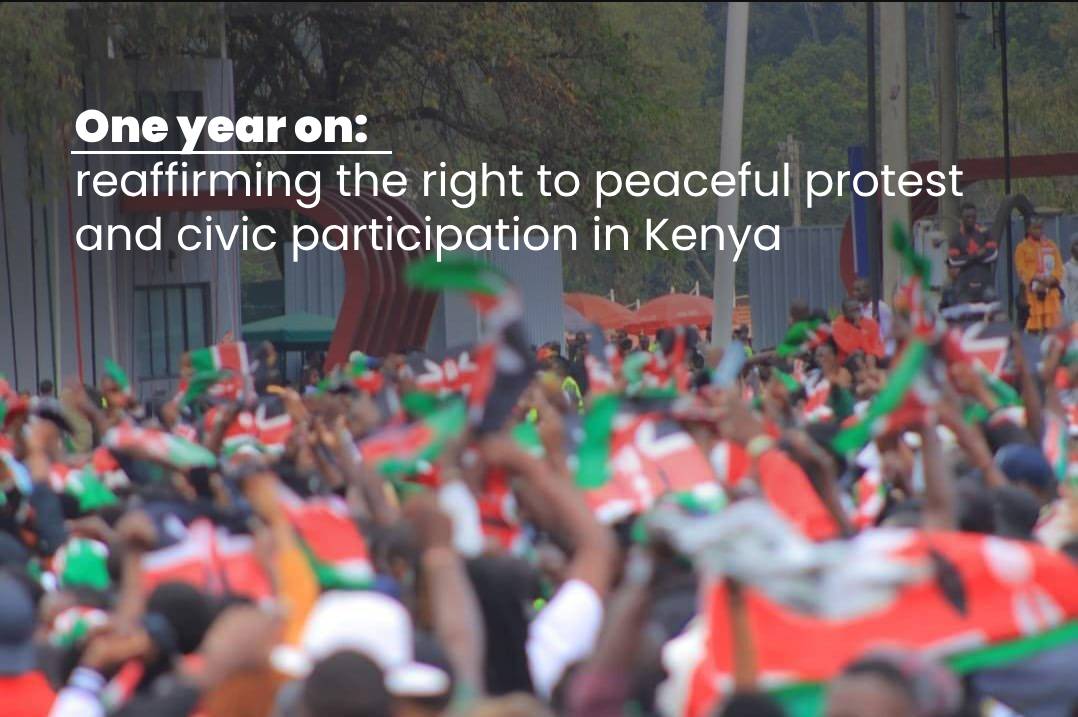
Load shedding schedules, which are available on numerous websites and phone applications, are slowly but surely becoming part of everyday South African life and the situation does not show any promise of slowing down.
South Africa’s power utility, Eskom, has not been able to provide a steady electricity supply for several years now. South Africa’s power supply issues go as far back as 2007; they are not a new phenomenon.
However, 2021 was the year with the worst case of load shedding with 1165 hours of darkness and a total of 1.8 TWh of energy unserved by Eskom.
The saddest part of this situation we find ourselves in is that it is obvious that South Africa is in the midst of an energy crisis, that could easily be solved by moving away from coal.
And yet, South Africa is barely scratching at the surface of its renewable energy potential.
The load-shedding problem has only one solution: allowing for new renewable energy to be built and connected to the grid to address South Africa’s worsening electricity crisis. A solution that can help to both stabilise South Africa’s energy system and reduce the country’s carbon emissions as the continent’s largest CO2 emitter – and the 12th largest in the world.
In simple terms, what is load shedding?
When the demand for electricity nears available supply levels, it is sometimes necessary to temporarily interrupt the delivery of electricity to maintain the integrity of the electric grid and to prevent catastrophic grid failures and extended outages for customers. This is called “shedding load.”
It’s a way to help reduce power demand by turning the power off to some customers to help prevent longer, larger outages. The load-shedding situation is not unique to South Africa. However, the frequency of load shedding in South Africa is unique to the country, with citizens associating non-stop blackouts with the term.
Load shedding in the country occurs unpredictably and is caused predominantly by multiple-generation failures of ageing coal plants. These plants usually cannot meet the electricity demand of the country’s population.
In the South African context, load shedding is a measure consisting of controlled power cuts across various regions of the country on a rotating basis.
More specifically, it means that South Africa has been divided into zones and the power is cut off in the respective zones at different times based on a strict schedule. The frequency of those power cuts depends on the load-shedding stage.
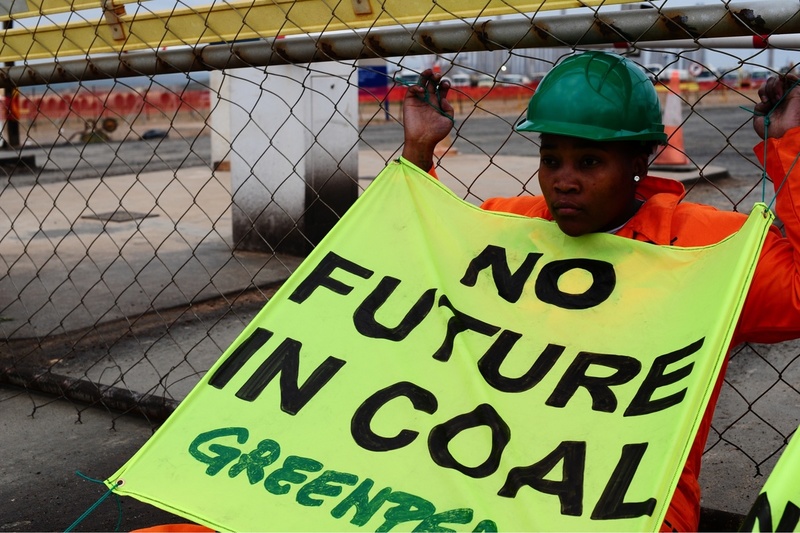
In South Africa, shedding load is done to prevent the failure of the entire system when the demand for electricity strains the capacity of Eskom’s power generating system. Load shedding is characterized by periods of widespread national-level rolling blackouts.
Load-shedding stages depend on the extent of the shortage of generation capacity to meet the country’s electricity demand, with stage 1 being the least serious, and stage 8 being the most serious. Outages generally last for about 2 to 5 hours. Many residents, however, have had to go up to six hours a day without power.
Eskom informs the public when the lights will go off in their area, but it does not always adhere to its schedule. Sometimes, it may happen earlier or later.
Load shedding ‘stages’ are announced prospectively by Eskom’s National Control Centre and reflect the system operator’s forecast of the extent to which demand will exceed supply for the coming hours. Each stage corresponds to the need for demand to be reduced by roughly 1 000 MW.
Such failures happen without warning requiring swift action from the system operator to start generation from the pumped storage or fire up the Open Cycle Gas Turbines (OCGTs) in order to avoid having to implement power cuts throughout.
What Causes Load Shedding?
1. Aging Infrastructure
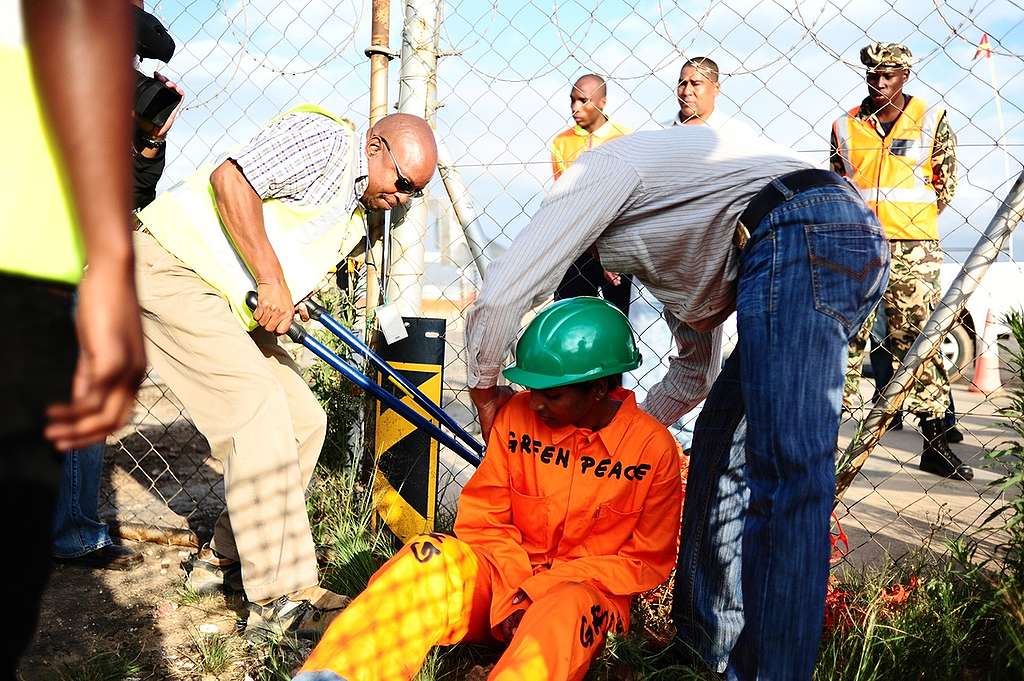
Eskom has battled to keep its ageing, under-maintained infrastructure going. Much of the nation’s electricity generation infrastructure is approaching an age at which it will need to be replaced. Eskom’s track record of building new generation capacity since the crisis began in 2007 has not been good. If this pattern continues the country’s electricity reserve margin will remain under pressure.
Shedding load in other countries is used as a last resort to prevent more extensive and prolonged power outages that could severely affect the reliability of the power grid. However, South Africa’s aging infrastructure makes it so that there is frequent tripping of several units at a time in several power stations across the country.
Shutting down these poorly performing power stations and redirecting these resources to renewable energy would be ideal.
2. Poor Performance Of Eskom’s Coal Fleet
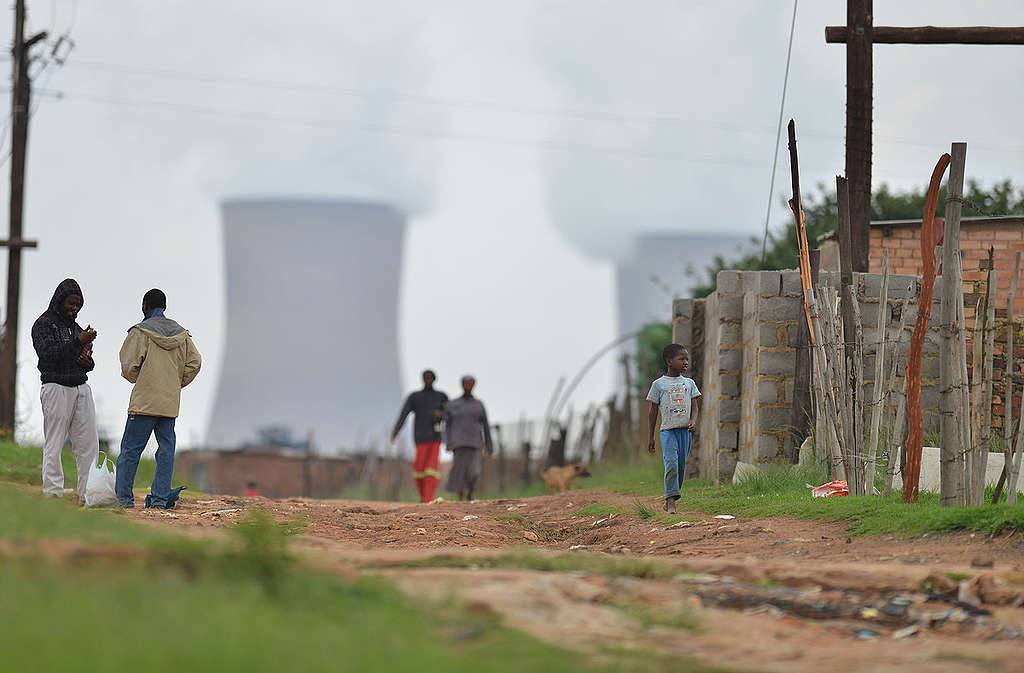
One of Eskom’s challenges is its poorly performing coal fleet which makes the amount of energy generation a plant is capable of supplying to the grid to be well below the generation capacity needed to serve the country’s energy demand.
None of the coal plants in Eskom’s fleet are operating at full capacity
Eskom has been trying to lift the performance of its coal fleet through deep maintenance but it has yet to see results yield from these efforts.
Eskom needs 4 000 MW to 6 000 MW additional capacity to be able to take plants offline and do required maintenance while still being able to meet electricity demand.
Eskom’s reluctance to invest in renewable energy generation that would meet this demand and eventually phase out coal then locks all of us in a vicious cycle of load shedding.
Where plants are taken offline in order to sneak in short periods of maintenance that Eskom hopes will increase coal plant performance and hence generation.
3. Coal-Powered Energy Is Too Expensive For Eskom To Keep Up With
Eskom has roughly 400 billion rands ($25 billion) of debt that it services through regular government bailouts. How did we get here? To avoid load shedding Eskom has been relying heavily on Open Cycle Gas Turbines. Open-cycle gas turbines, used during failures in the coal fleet, require diesel to run. This comes at a huge cost to the power utility.
A legacy of mismanagement, defective planning, misuse of available resources, the apathy of the government and corruption has also played a big role in the country’s electricity supply shortage woes and Eskom’s debt challenges.
South Africa’s renewables portfolio at the end of 2021 consisted of the following:
3 023 MW of wind energy
AND
2 212 MW of solar PV
According to this resolving The Power Crisis report if 5 GW of renewables were added to the grid in 2021 alone with the support of demand response and batteries, load shedding would not have happened.
Eskom would also have saved significant sums of money because these renewables would have eliminated load shedding and hence ended the need for diesel purchases.
In 2021, this investment in renewable energy could have reduced coal electricity generation by nearly 10 TWh saving Eskom a further R4.2 Bn in coal costs. The net energy savings would have achieved a cost reduction of 3 billion rands to the utility, a cost saving that would be passed on to the South African consumer.
With renewable energy, South Africa can produce electricity at one-tenth of what it costs us now.
3. Lack Of Progress In Adding New Generation Capacity To The National Grid
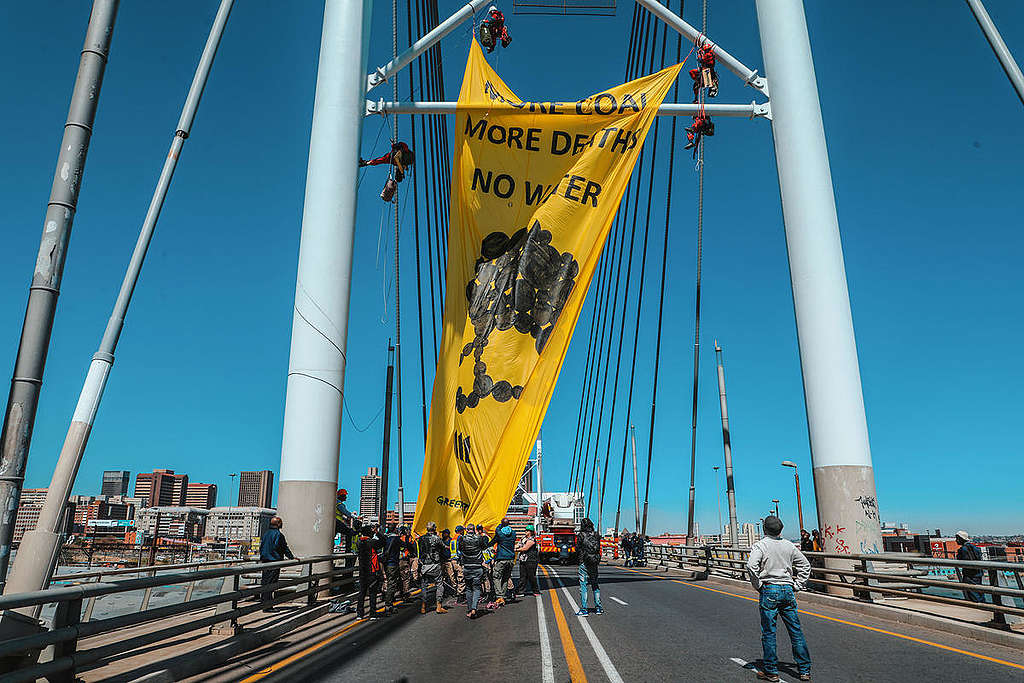
Intermittent power distribution and power blackouts due to high demand are well-known problems.
Eskom Chief Executive Andre de Ruyter repeatedly explains to the media that the power utility’s capacity to deliver electricity currently falls short of the country’s demands.
The necessary maintenance of plants has also been delayed to avoid load shedding. Ultimately these delays continue to contribute to deteriorating plant performance.
Adding new renewable energy capacity to the national grid would solve this problem once and for all, instead of remaining stuck in this vicious cycle.
The Construction Of Additional Coal Power Stations Is Not The Answer
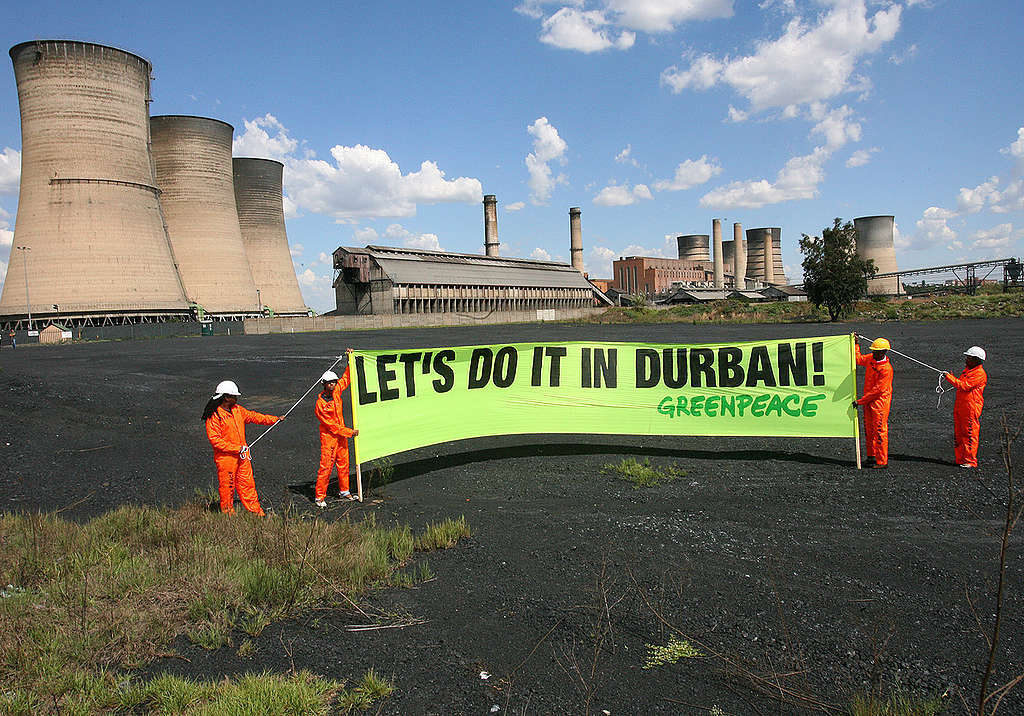
Coal plants come with baggage in the form of air pollution (especially in the heavily polluted coal regions like Mpumalanga), water pollution, job insecurity and a worsening climate crisis.
This is what we refer to as the true cost of coal. As investments in wind and solar by Eskom continue to be delayed year in, year out coal continues to fall short of its promise to provide electricity to every South African as characterised by cycles of load shedding. It’s time that the government and Eskom learnt their lesson, and made the shift away from coal.
South Africa really doesn’t need more coal-fired plants. What we need is more electricity, and for that, we have an abundance of renewable energy resources that we could be tapping into. In fact, coal-fired electricity generation has failed to deliver affordable electricity to an estimated 10 million South Africans.
To add to all this, coal plants are expensive to maintain.
South Africa would not only make a huge contribution to averting runaway climate change by reducing emissions but would also create a green economy based on green jobs.
Just because South Africa has been using coal for over a century, doesn’t mean we shouldn’t kick the habit.
The impact of coal on South Africans’ health is even more concerning. Many townships sit opposite coal mines. As a result, many there suffer from a host of breathing problems caused by the extreme proximity to the mines and the power stations.
A Just Transition To Renewable Energy
South Africa currently overly relies on coal-powered energy, a situation that is putting the country and her people at risk of climate-related disasters. That is why Greenpeace firmly continues to call for a move away from an energy sector powered by coal to one that runs on renewable energy. This is needed to avoid a full-blown climate crisis.
How A Just Transition Programme In South Africa Would Look
Since the vast majority of Eskom’s coal-fired power stations are located in Mpumalanga, the province would have to be a key area of renewable energy investments as many jobs would be lost if coal plants shut down.
The Just Transition requires momentum, broad stakeholder buy-in and political will. It is clear that Eskom must be required to participate in negotiations on a Just Transition framework agreement with trade unions alongside the national government and other stakeholders. In order to manage the transition, Eskom’s funds for coal expansion should be reallocated to a Just Transition Fund, aimed at creating support for those jobs in its supply chain that are at risk as a result of the transition.
The Impact Of Unstable Electricity Supply In South Africa
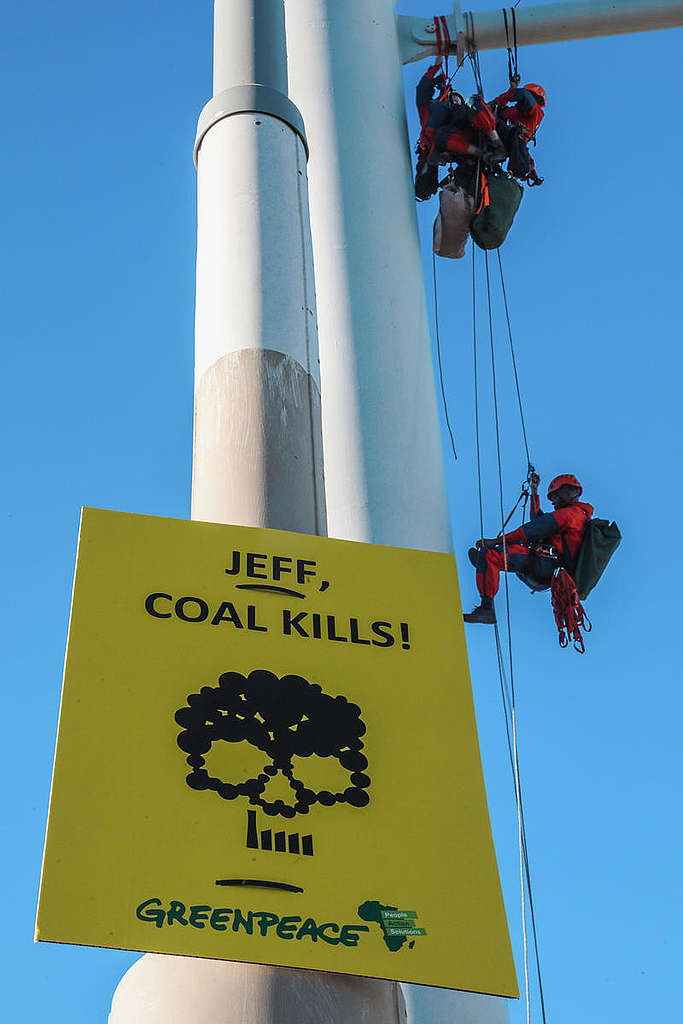
Electrical power is an essential input into all modern-day economies. Mining operations
require electricity to maintain conditions hospitable to human life underground.
Manufacturing processes are dependent upon electrical machines to perform the precise and repetitive tasks that have increased the total factor productivity of the present-day industry.
Electricity powers the traffic lights that moderate our traffic, it is the source of energy that lights the night and moderates the temperatures around us. It is the foundation of the digital economy and the primary source of energy upon which our lives are built. As a result of our dependence on electricity, it has become a critical enabling resource without which we are severely hampered.
1. Intermittent Blackouts Have Dire Consequences To The Economy
The power cuts have had a severe effect on the economy and are likely to stifle economic growth and further deepen the unemployment crisis, which is at a staggering 34.5%.
A more stable energy supply would benefit the country’s economy as a whole and might encourage more foreign investment, which would be good for employment.
Questions often arise over whether a transition to solar will be good or bad for the country’s workforce.
Concerns about job losses resulting from the shutdown of multiple coal power plants are reasonable but should not cause as much concern because a transition to renewable energy will happen in phases.
Furthermore, rolling out solar and infrastructure could generate over 300 000 jobs in South Africa. This would then create quality jobs for those who previously worked in coal mines and coal plants.
4. Daily Power Disruptions Affect Quality Of Life
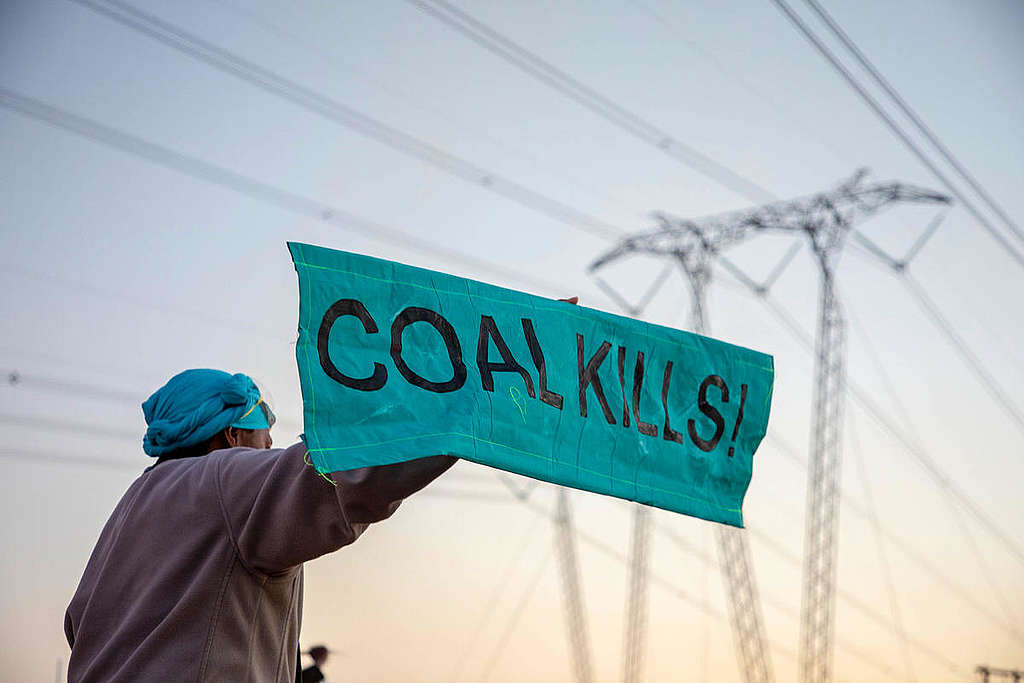
© Shayne Robinson
Eskom has implemented power cuts for more than a decade, this has brought untold misery to people belonging to all walks of life.
For example, South Africans with health issues have had their health worsened by the lack of electricity. For instance, those with diabetes who need to keep their medication refrigerated cannot do that. During winter, the severity of the cold makes it hard for those suffering from arthritis to sleep due to swelling limbs and a lack of electricity that would heat their homes.
Frustrations on the road caused by delays when traffic lights are out also increase the length of a commute, reducing quality of life. If the lights are out at night inadequate street lighting could make driving dangerous in those conditions. It becomes extremely difficult for motorists to spot road hazards such as potholes, debris and even pedestrians on the road.
5. Lost Industrial Production
Intermittent blackouts have dire consequences for the economy, too. Power outages bring all economic, agricultural and industrial progress to a standstill.
6. Declining Livelihoods
Electricity has become a basic need, and its unhindered, continuous and smooth supply is a necessity.
For businesses, unreliable electricity results in increased running costs. This is because they have to spend money on backup generators, an expensive alternative to grid electricity. This then causes reduced productivity and profitability.
The Solution To Load Shedding
Procuring and connecting renewable electricity generation capacity to the national power supply grid is the solution. Specifically wind and solar energy. The pervasive narrative that variable renewable generation makes it more difficult to meet demand is a myth. In 2021 alone, additional wind and solar capacity would have led to a reduction in load shedding and further investments would end it completely.
Ending load shedding based on this 2021 data does not require the use of any additional fossil fuel generation. On the contrary, the deployment of 5 GW of renewables would have resulted in a reduction in fossil fuel generation by 12.7 TWh, creating a reduction of 13.6 Mt in CO2 emissions.
Could Renewable Energy Dominate?
A just transition to renewable energy is the BEST and most IMMEDIATE solution to South Africa’s energy crisis.
— Greenpeace Africa (@Greenpeaceafric) February 21, 2023
Why is this so difficult for South African leaders to understand?
We want an end to load shedding. Add your voice 👉 https://t.co/zBDjCTcVzF pic.twitter.com/0bTmpPP4RZ
The ideal of a national electricity generation network without greenhouse gas-emitting coal, has practically already been achieved in a number of countries.
There is hostility to renewable developments in some quarters, these sectors have interests in maintaining the coal-dominated status quo.
There is now an increasing recognition that the energy crisis must be treated as such. A speedy renewable energy boom is the only way to escape the downward spiral in power cuts in the medium term.
President Cyril Ramaphosa’s announcement that drastic steps are imminent to combat the electricity crisis are likely to amount to a major drive towards more renewables.
In Conclusion,
Load shedding is undeniably solvable. The impact that additional renewable energy generation capacity would have on load shedding is astronomical.
Adding needed renewable energy generation capacity should be a priority for Eskom and the government.
Considering the current load-shedding situation and bearing in mind the reality that the South African power grid will probably remain under severe pressure for years to come, the option of using alternative sources of energy to generate electricity has never been needed more.
Given that South Africa is rich in renewable energy resources, sourcing and producing clean energy within the country can allow South Africa to reclaim its energy independence whilst creating jobs and protecting the environment.
There is no time like the present for an energy revolution in South Africa. Take the pledge here to support Renewables and continue to support the work we do day in and day out to fight for this renewable energy future that will benefit each and every one of us.

